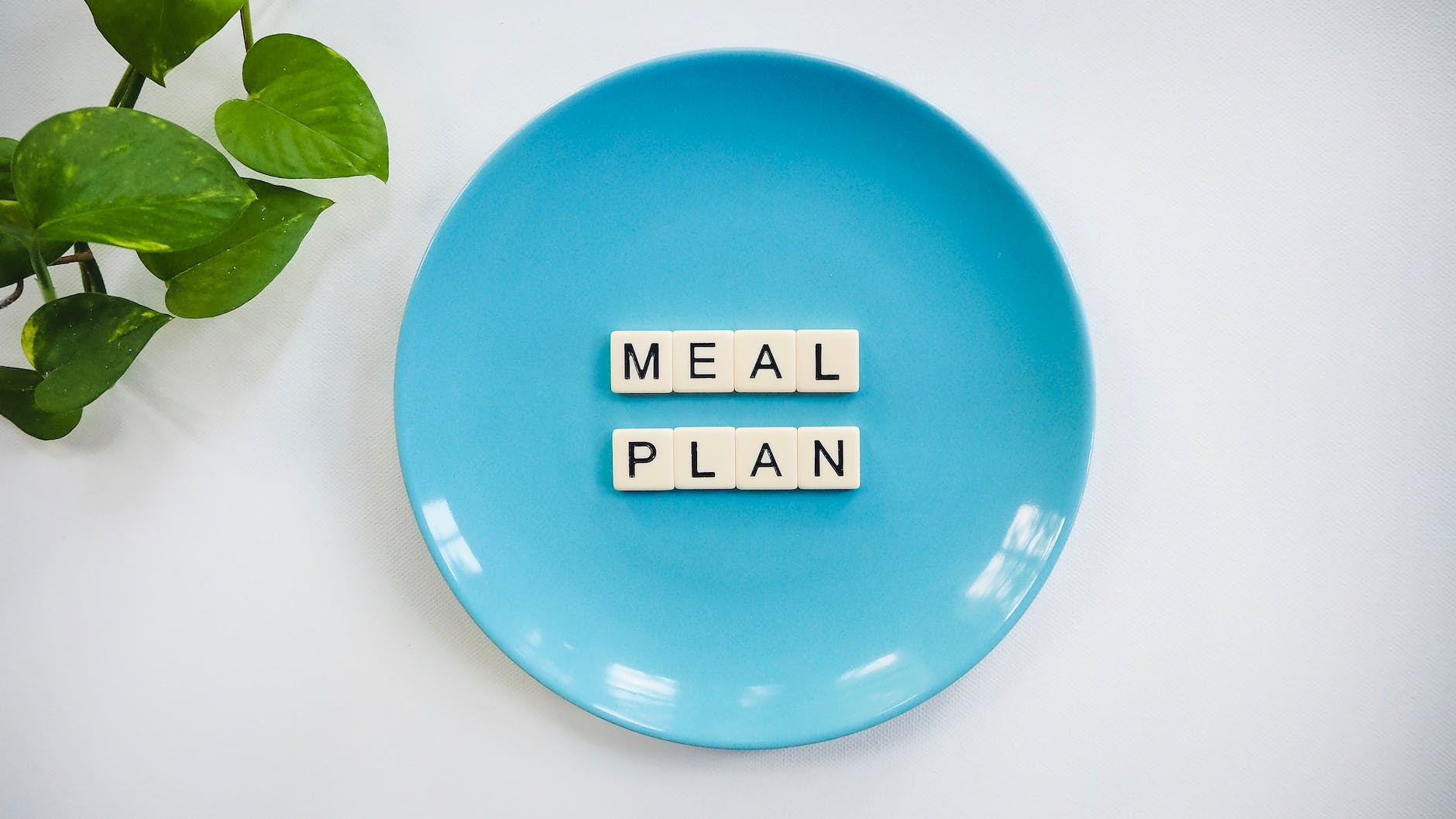Table of Contents
The glycemic index (GI) diet and the low insulin index (LII diets) are two popular dietary plans that focus on blood sugar control. Both of these diets call for eating foods with a lower GI score, which measures how quickly foods raise blood glucose levels.
They also advise avoiding high-glycemic foods and processed carbohydrates like white bread and refined sugars.

What is a Glycemic Index Diet?
The glycemic index (GI) is an excellent tool for controlling blood sugar and living a healthier lifestyle. A low GI diet can help you maintain a healthy blood sugar level and lower your risk of developing diabetes. But what exactly is a low GI diet, and how can it fit into a healthy eating plan? In this article, we’ll go over the fundamentals of low-GI eating and offer suggestions for making low-GI meals that are both delicious and nutritious.
First and foremost, what exactly is meant by the term “glycemic index” or “GI”? The glycemic index (GI) is a rating system for carbohydrate-containing foods. It shows how quickly each food affects your blood sugar (glucose) level when eaten alone.
GET 20% OFF ON ALL HOSTING PLANS!
Unlock 20% Off on All Hosting Plans with Hostinger!
Foods with a higher GI rating will cause higher blood sugar spikes after consumption than foods with a lower GI rating. This can help people more efficiently regulate their appetite and energy levels throughout the day, as well as maintain better health outcomes over time.
In its most basic form, it is a diet based on how quickly carbohydrates affect your blood sugar levels. Foods with a high GI release glucose into the bloodstream quickly, making them unsuitable for those at risk of Type Diabetes or other chronic diseases linked to poor dietary choices. Some carbs, on the other hand, have lower GIs, which means they will provide more sustained energy over longer periods of time due to their gradual absorption into the bloodstream. Following a low GI diet entails replacing higher GI foods such as white rice or potatoes with grains such as oats or wheat-based products.
What is a Low insulin index diet?

The Low Insulin Index Diet (LII) evaluates how much insulin your body has to produce after consuming food items.
The insulin index of food measures how much it raises the concentration of insulin in the blood during the two-hour period following consumption. The Insulin Index is like the glycemic index (GI) and glycemic load (GL), but instead of using blood glucose levels, it uses blood insulin levels.
It is not based solely on arbitrary numbers assigned by scientists, but rather on endogenous factors such as digestion and absorption rates within us! This explains why two people may react differently after eating the same exact foods.
Understanding the distinction between GI and LII can be beneficial when creating meal plans tailored to individual needs.
Finally, there are several advantages to following either type of diet, such as improved glucose homeostasis, which leads to improved metabolic function, prevention of degenerative conditions caused by prolonged exposure to high circulating sugar molecules, unregulated diabetes phenomenon-related scenarios, a worst-case including kidney failure, dialysis treatments, digestive symptoms problems such as gas bloating, constipation, IBS-like problems, and so on.
The Advantages of having these diet plans
People have been eating low-GI foods for decades, but the concept of a glycemic index diet is gaining popularity, with an emphasis on long-term weight loss and diabetes management.
Low GI foods are those with a low glycemic index, which means they cause minimal spikes in blood sugar levels by slowly releasing sugars into your bloodstream. A low insulin index diet emphasizes healthy food choices as well, but it goes beyond just choosing items with a lower glycemic index to consider other factors such as macronutrient content and nutritional quality of food.
The distinction between GI and LII
The main distinction between a low GI diet and a low insulin index diet is the amount of influence each method has on the type of food you should eat.
While both diets agree on controlling carbohydrates and eliminating unhealthy processed additives, their approaches vary depending on which system you use. For example, some followers of the low GI lifestyle may choose to avoid refined sugary carbs entirely while including minimally processed whole grains in their regular meal rotation.
Those following an insulin index plan, on the other hand, may focus more heavily on selecting specific types of proteins or fats than others due to their effect on digestion rate and overall metabolism rate when eaten alongside carbs like rice or potatoes.
Taking all of this into account, it is easy to see why there is so much confusion surrounding such topics; however, with diligent research combined with a willingness to abandon any preconceptions one may have prior to approaching new material, there are undeniable benefits associated with observing practices proposed by both Low GI & Lower Insulin Index Diets alike regardless of whether trying to effectively monitor health conditions and maintain desired body composition identity.
Here is an exemplified chart showing how the Glycemic index and Insulin index values vary from food to food. (Courtesy: Wikipedia)
| Food | Food Type | Glycemic score | Insulin score |
| All-Bran | Breakfast cereal | 40 ± 7 | 32 ± 4 |
| Porridge | Breakfast cereal | 60 ± 12 | 40 ± 4 |
| Muesli | Breakfast cereal | 43 ± 7 | 46 ± 5 |
| Special K | Breakfast cereal | 70 ± 9 | 66 ± 5 |
| Honeysmacks | Breakfast cereal | 60 ± 7 | 67 ± 6 |
| Sustain | Breakfast cereal | 66 ± 6 | 71 ± 6 |
| Cornflakes | Breakfast cereal | 76 ± 11 | 75 ± 8 |
| Average: | Breakfast cereal | 59 ± 3 | 57 ± 3 |
| White bread (baseline) | Carbohydrate-rich | 100 ± 0 | 100 ± 0 |
| White pasta | Carbohydrate-rich | 46 ± 10 | 40 ± 5 |
| Brown pasta | Carbohydrate-rich | 68 ± 10 | 40 ± 5 |
| Grain bread[n 1] | Carbohydrate-rich | 60 ± 12 | 56 ± 6 |
| Brown rice | Carbohydrate-rich | 104 ± 18 | 62 ± 11 |
| French fries | Carbohydrate-rich | 71 ± 16 | 74 ± 12 |
| White rice | Carbohydrate-rich | 110 ± 15 | 79 ± 12 |
| Whole-meal bread[n 2] | Carbohydrate-rich | 97 ± 17 | 96 ± 12 |
| Potatoes | Carbohydrate-rich | 141 ± 35 | 121 ± 11 |
| Average: | Carbohydrate-rich | 88 ± 6 | 74 ± 8 |
| Eggs | Protein-rich | 42 ± 16 | 31 ± 6 |
| Cheese | Protein-rich | 55 ± 18 | 45 ± 13 |
| Beef | Protein-rich | 21 ± 8 | 51 ± 16 |
| Lentils in tomato sauce | Protein-rich | 62 ± 22 | 58 ± 12 |
| Fish | Protein-rich | 28 ± 13 | 59 ± 18 |
| Baked beans in tomato sauce | Protein-rich | 114 ± 18 | 120 ± 19 |
| Average: | Protein-rich | 54 ± 7 | 61 ± 7 |
| Apples | Fruit | 50 ± 6 | 59 ± 4 |
| Oranges | Fruit | 39 ± 7 | 60 ± 3 |
| Bananas | Fruit | 79 ± 10 | 81 ± 5 |
| Grapes | Fruit | 74 ± 9 | 82 ± 6 |
| Average: | Fruit | 61 ± 5 | 71 ± 3 |
| Peanuts | Snack/confectionery | 12 ± 4 | 20 ± 5 |
| Popcorn | Snack/confectionery | 62 ± 16 | 54 ± 9 |
| Potato chips | Snack/confectionery | 52 ± 9 | 61 ± 14 |
| Ice cream | Snack/confectionery | 70 ± 19 | 89 ± 13 |
| Low Fat Strawberry Yogurt | Snack/confectionery | 62 ± 15 | 115 ± 13 |
| Mars Bars | Snack/confectionery | 79 ± 13 | 122 ± 15 |
| Jellybeans | Snack/confectionery | 118 ± 18 | 160 ± 16 |
| Average: | Snack/confectionery | 65 ± 6 | 89 ± 7 |
| Doughnuts | Bakery product | 63 ± 12 | 74 ± 9 |
| Croissants | Bakery product | 74 ± 9 | 79 ± 14 |
| Cake | Bakery product | 56 ± 14 | 82 ± 12 |
| Crackers | Bakery product | 118 ± 24 | 87 ± 12 |
| Cookies | Bakery product | 74 ± 11 | 92 ± 15 |
| Average: | Bakery product | 77 ± 7 | 83 ± 5 |
| Average: | Average | 67.333 ± 5.7 | 72.5 ± 6 |
| Average: | ALL | 68.8 ± 12.7105 | 72 ± 9.5 |
| Food | Food Type | Glycemic index score | Insulin index score |
Conclusion
Glycemic index (GI diets), low insulin index (II diets), and low glycemic load (GL diets) are all types of dietary guidelines that have been developed to assist individuals in achieving better health outcomes. The idea behind these diets is simple: by eating foods with a lower GI or II number, less insulin is released into the bloodstream.
Similarly, the GL number indicates how quickly carbohydrates are broken down in the body after they are consumed. Following a “low GI” or “II” composed meal plan with this information in hand can make it easier for individuals to maintain healthy blood sugar levels and manage their weight more effectively.
Individuals who aim to completely avoid sugars can opt for diets based on the Glycemic index, while individuals who want to include a carbohydrate diet in their plan and who are interested in calorific count should follow Insulin index diet plans.
- Brain Fog: Are you suffering with it? – June 9, 2025
- Are We Truly Developed? The Paradox of Modern Progress – April 21, 2025
- Destiny and Karma: Why We Must Work for What Is Destined – April 17, 2025

Leave a Reply